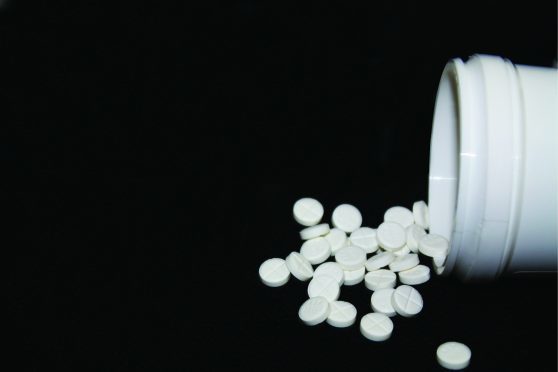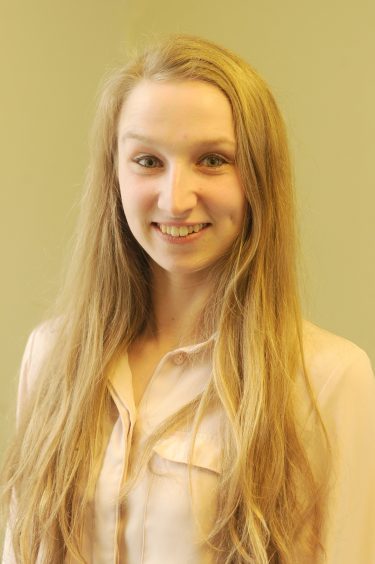Prescriptions for mental health drugs have almost doubled over the past ten years, new NHS figures reveal.
A total of 1,149,216 prescriptions for antidepressants, ADHD drugs, and medicines to treat conditions such as psychoses and dementia, were recorded in Tayside and Fife in 2016-17.
A decade ago, prescriptions totalled 648,968 and the number grew steadily year-on-year, with the largest overall increase observed in dementia treatment.
Prescriptions for dementia drugs have more than tripled since 2006/7.
The news comes shortly after Mental Health Awareness Day, which aimed to give mental health staff, patients and other stakeholders a platform to share experiences and discuss what needs to be done to improve care.
NHS Tayside interim clinical director for mental health and learning disability services Dr Stuart Doig said: “Drug therapy can be important in helping people recover from a mental illness, as well as help prevent them from relapsing or preventing their condition deteriorating.
“Not all mental health conditions require drug treatment and some conditions may respond to psychological, educational or social interventions.
“However, it is increasingly common that patients receive a combination of drug therapy and these other interventions to help them recover from their illness.”
Dr Doig explained anti-depressants are used for a range of medical conditions, such as chronic pain, meaning a rise in prescribed items does not necessarily mean a rise in rates of mental health problems.
He added increased public awareness of mental health conditions means people are more likely to seek support from their doctor.
Dr Doig said: “Another important point is that the number of items prescribed is not the same as the number of people receiving prescriptions and there will be variation in the number of items prescribed to a person in a year depending on how often they receive prescriptions.
“Increased levels of identification and diagnosis of mental health conditions, including dementia, means that more patients are accessing important treatments that can improve the quality of life for them and their families.”
Two Tayside women have spoken out about what it’s like living with mental health conditions, and what treatment methods worked best for them.
Rebecca Shearer, 24.
I have food-related anxiety, which started after I came down with a bad virus.
The lining of my stomach ripped and my digestive system was completely battered.
It developed into a psychological issue, where I associated food with being sick.
It got to the stage where I couldn’t eat in restaurants, and before I went to an event I’d make sure I hadn’t eaten, because I was afraid of being sick.
I had panic attacks where I’d retch, even though I wasn’t actually being sick.
I didn’t go through the standard NHS route, because I know a lot of people with anxiety and depression, and it affects everyone differently.
For me, the most effective method was hypnotherapy. I don’t have to reply on medication or be on long waiting lists, which works for me.
I haven’t had a panic attack in months and feel a lot calmer.
Fiona Grieve, 24.
I had been told at my first appointment that I was depressed and basically “here, have some meds , everything will be better”.
I didn’t feel like I had got the support that I required so when I booked my check-up appointment for two weeks later I changed doctor.
With her we were able to talk and came to the conclusion that my depression was caused by my anxiety, which was triggered by my low self-confidence.
As soon as it is diagnosed as anxiety rather than depression the waiting list for therapy is shortened by about five to six weeks and I was luckily taken just two weeks later.
I received three one-to-one sessions before going on a 10 week group therapy course for building confidence.
Being in a group where everything is confidential and everyone is there to support each other really helped.
I completed the group therapy and have been off antidepressants since July 2016.
I still have anxiety attacks but I know how to control them before they start to spiral downwards.
In some respects, yes, antidepressants work. There were no dramatic mood-swings which was an advantage at times as it meant I could get on with things but I did just feel numb.
I did discuss this with my doctor though and it can be down to the strength of the medication. My dosage was reduced later.











